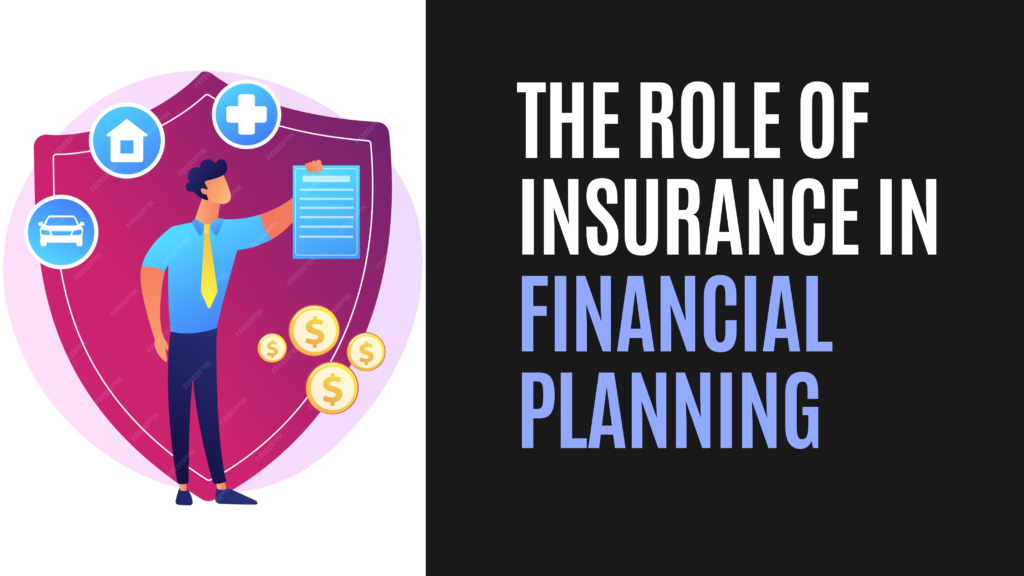Pacific Prime Can Be Fun For Anyone
Pacific Prime Can Be Fun For Anyone
Blog Article
Unknown Facts About Pacific Prime
Table of Contents9 Simple Techniques For Pacific PrimeThe Best Strategy To Use For Pacific PrimeEverything about Pacific PrimeSome Known Questions About Pacific Prime.
In a lot of states, the insurer is called for to send you a copy of the adjustments to your plan. It is necessary that you review Recommendations or Cyclists so you recognize exactly how your policy has actually changed and if the policy is still appropriate to satisfy your requirements. To get a copy of your insurance plan, please contact your insurance policy agent or company.
The Institute of Medication (IOM) Committee on the Effects of Uninsurance launches a prolonged exam of evidence that addresses the value of health and wellness insurance coverage with the magazine of this record. Coverage Issues is the initial in a collection of six records that will be provided over the following two years recording the truth and repercussions of having an approximated 40 million people in the USA without wellness insurance coverage.

The 7-Minute Rule for Pacific Prime
The objective of this collection of researches is to refocus policy interest on a historical problem. Complying with the lengthiest financial growth in American history, in 1999, an approximated one out of every six Americans32 million grownups under the age of 65 and greater than 10 million childrenremains uninsured (Mills, 2000).

Ten percent of the populace represent 70 percent of healthcare expenditures, a connection that has actually stayed constant over the past 3 decades (Berk and Monheit, 2001) - international travel insurance. Thus medical insurance continues to offer the feature of spreading out risk even as it progressively finances routine treatment. From the perspective of healthcare companies, insurance coverage lugged by their clients assists safeguard an income stream, and communities profit from monetarily feasible and secure healthcare practitioners and institutions
Government provides health insurance to populations whom the private market might not offer successfully, such as handicapped and senior citizens, and populations whose access to health care is socially valued, such as children and pregnant ladies. The best ends of medical insurance protection for the private and communities, consisting of workplace communities of workers and companies, are improved health results and high quality of life.
Unknown Facts About Pacific Prime
Workers rank health and wellness insurance initially by much in value amongst all the benefits supplied in the work environment (Salisbury, 2001). Although there have actually been large financial investments of personal and public funds to give health insurance policy, many individuals still have no coverage. Regardless of extensive reporting of survey findings and health and wellness treatment research study results, the basic public Recommended Reading remains overwhelmed and mistaken concerning Americans without medical insurance and the effects of lacking protection.

Without concern, the intricacy of American healthcare financing systems and the riches of resources of details include in the public's complication and hesitation concerning health insurance policy statistics and their interpretation. This report and those that will follow objective to distill and provide in easily easy to understand terms the extensive research that bears on inquiries of health insurance coverage and its value.
Fifty-seven percent of Americans polled in 1999 thought that those without medical insurance are "able to get the treatment they need from physicians and health centers" (Blendon et al., 1999, p. 207). In 1993, when nationwide interest was focused on the troubles of the uninsured and on pending healthcare regulation, simply 43 percent of those questioned held this idea (Blendon et al., 1999).

They also receive fewer preventive solutions and are much less likely to have regular take care of chronic conditions such as high blood pressure and diabetes mellitus. Persistent illness can cause expensive and disabling complications if they are not well taken care of (Lurie et al., 1984; Lurie et al., 1986; Ayanian et al., 2000). One national survey asked greater than 3,400 grownups about 15 very major or somber conditions.
Getting The Pacific Prime To Work
Added evidence exists later in this phase in the conversation of insurance coverage and accessibility to healthcare. https://justpaste.it/f0gjl. Individuals without medical insurance are young and healthy and choose to do without coverage. Almost fifty percent (43 percent) of those surveyed in 2000 thought that people without medical insurance are more probable to have illness than people with insurance coverage
Citizens and policy manufacturers in emphasis team discussions identify those without insurance as youngsters that have the opportunity to be covered and feel they do not require it (Porter Novelli, 2001). Compared to those with at the very least some private protection, the uninsured are much less likely to report remaining in excellent or extremely excellent health (Agency for Health Care Research Study and High Quality, 2001).
SOURCE: Facility for Price and Funding Studies, Firm for Healthcare Study and Quality, based upon MEPS data. Young adults between 19 and 34 are much more most likely to lack health insurance than any other age. This is mainly since they are less often eligible for employment-based insurance coverage because of the nature of their work or their brief period in it.
The assumption that individuals without insurance have better-than-average wellness follows from puzzling the reasonably young age profile of the without insurance with the far better health and wellness, generally, of more youthful individuals. This obscures the link between health status and medical insurance. For those without access to workplace medical insurance, bad wellness is a potential obstacle to buying nongroup coverage due to the fact that such insurance coverage may be extremely valued, exclude pre-existing conditions, or be simply not available.
Report this page